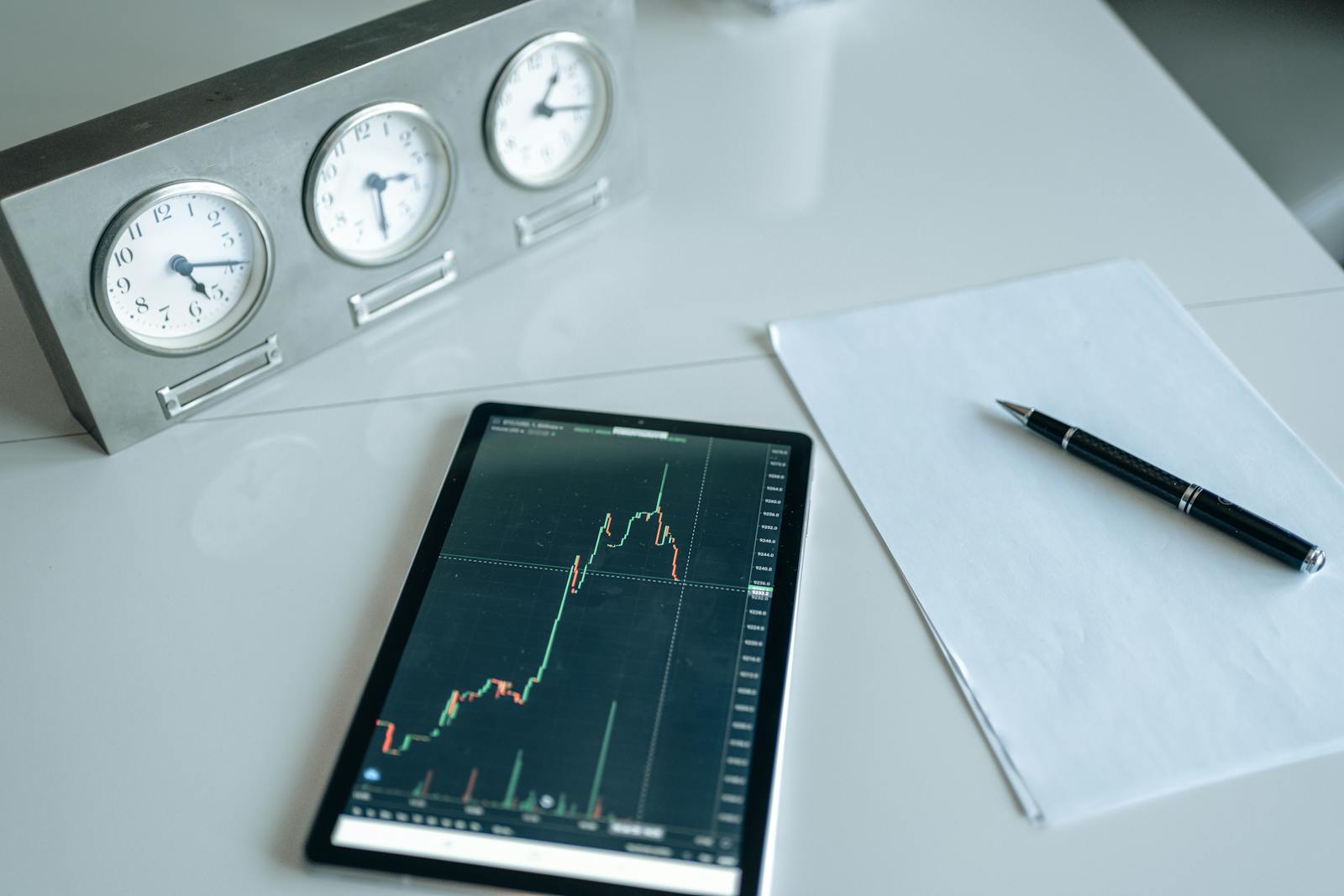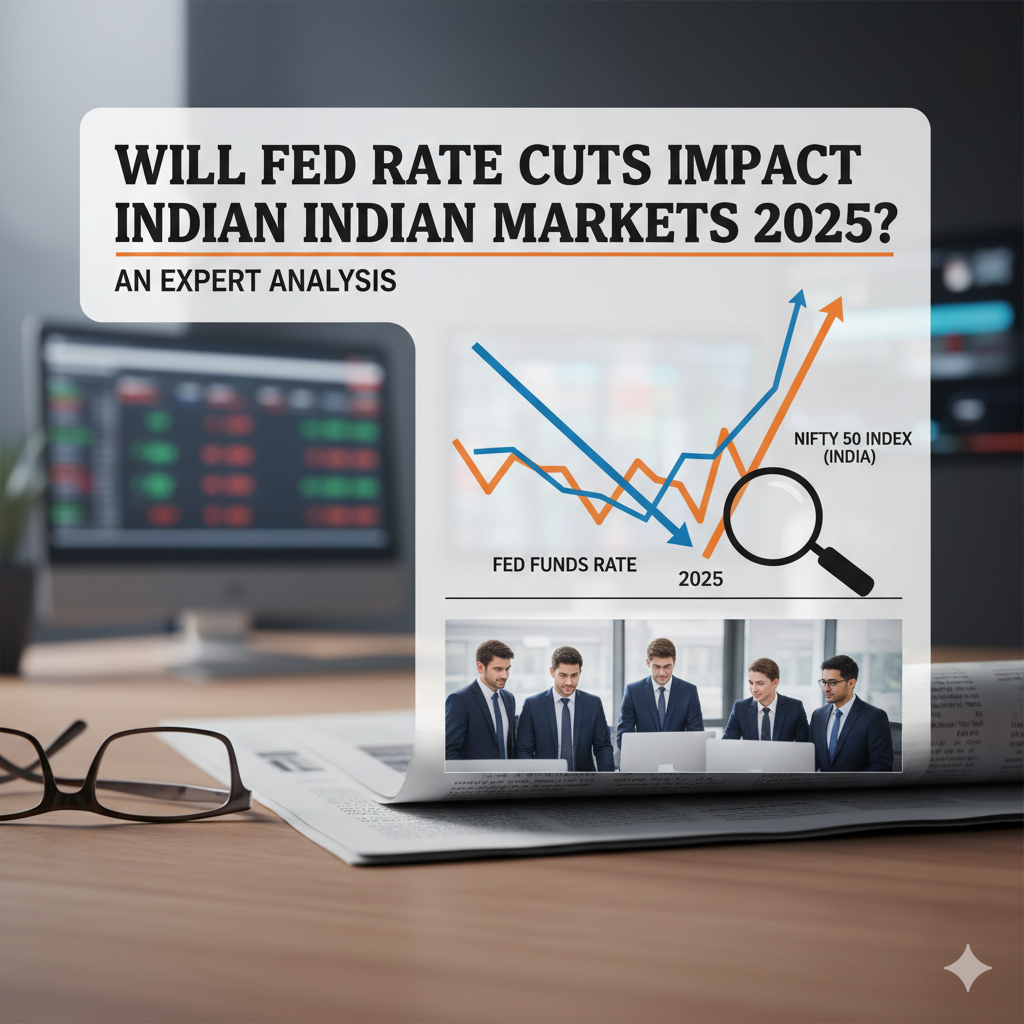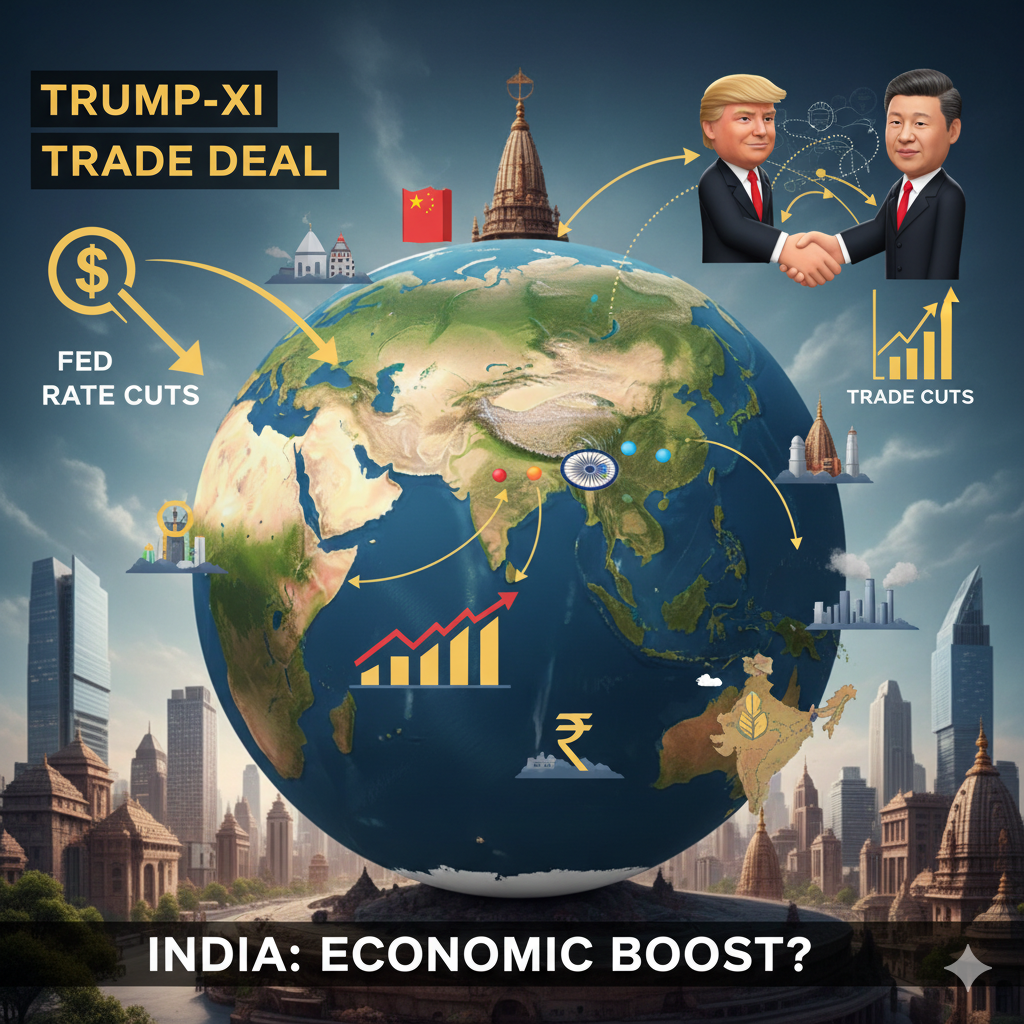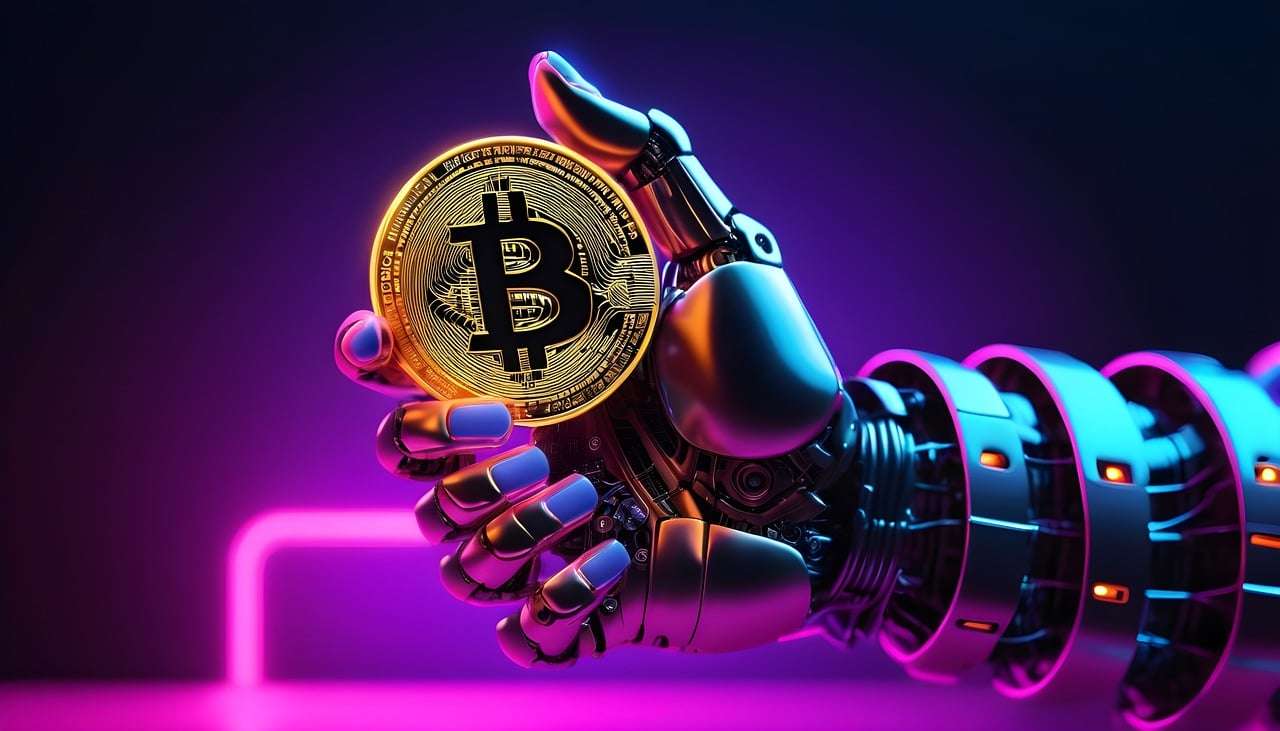Understanding the dynamics of Silver Rates
Understanding the dynamics of silver prices is essential for investors and market participants. Silver, often referred to as the “poor man’s gold,” has garnered significant attention due to its dual role as both a precious metal and an industrial commodity. This article explores five key factors influencing silver rates today in India, along with recent price trends and historical data.
1. Global Demand
Silver’s demand is primarily driven by its industrial applications. The metal is crucial in sectors such as:
- Electronics: Used in connectors and circuit boards.
- Solar Energy: Essential for photovoltaic cells in solar panels.
- Electric Vehicles (EVs): Increasingly used in batteries and electrical contacts.
With industrial demand accounting for a significant portion of global silver consumption, growth in these sectors significantly impacts prices. Additionally, cultural factors, particularly in countries like India and China, drive jewelry demand, contributing to price fluctuations.
2. Supply Constraints
The availability of silver is affected by various supply-side challenges:
- Mining Disruptions: Labor strikes, equipment failures, or environmental regulations can halt production.
- Byproduct Production: Silver is often mined as a byproduct of other metals, meaning its supply can be influenced by the economics of those metals.
Recent trends indicate that silver has faced a supply deficit due to increasing industrial demands and mining challenges.
3. Inflation and Economic Indicators
Silver is frequently viewed as a hedge against inflation. When inflation rates rise above interest rates, investors tend to flock to silver as a store of value. Key economic indicators influencing silver prices include:
- GDP Growth: A strong economy can increase industrial demand for silver.
- Interest Rates: Lower interest rates make non-yielding assets like silver more attractive.
Recent monetary policies have led to increased demand for precious metals, pushing up prices during inflationary periods.
4. Geopolitical Events
Political instability and global uncertainties can drive investors toward safe-haven assets like silver. Factors include:
- Trade Tensions: Disputes between major economies can disrupt supply chains.
- Regional Conflicts: Wars or political unrest can lead to spikes in demand for precious metals.
These geopolitical events often result in sudden price increases as investors seek stability through tangible assets.
5. Currency Fluctuations
The value of the Indian Rupee plays a pivotal role in determining silver prices:
- Rupee Strength: A weaker rupee makes silver more expensive for local buyers, increasing demand.
- Exchange Rates: Fluctuations between currencies can affect international trade dynamics.
As silver is typically priced in INR, any significant changes in currency value can lead to notable price volatility.
Recent Price Trends and Historical Data
Below is a table summarizing recent historical pricing data for silver in Indian Rupees (INR):
| Date | Silver Price (10 grams) | Silver Price (100 grams) | Change % |
|---|---|---|---|
| Sep 23 2024 | ₹ 878 | ₹ 8,780 | -1.23% |
| Sep 22 2024 | ₹ 889 | ₹ 8,890 | +0.56% |
| Sep 21 2024 | ₹ 884 | ₹ 8,840 | -0.45% |
| Sep 20 2024 | ₹ 887 | ₹ 8,870 | +1.12% |
| Sep 19 2024 | ₹ 876 | ₹ 8,760 | -0.68% |
Daily Silver Price Widget
To stay updated on real-time silver prices in India, you can use the following widget:
Silver price by GoldBroker.com
Conclusion
In conclusion, several factors drive the fluctuations in silver rates today in India, including global demand from industrial applications, supply constraints from mining operations, inflationary pressures, geopolitical uncertainties, and currency fluctuations.
Understanding these dynamics can help investors make informed decisions regarding their investments in this precious metal.By keeping abreast of these factors and monitoring real-time price trends using widgets or financial news sources, investors can capitalize on opportunities within the silver market effectively.







